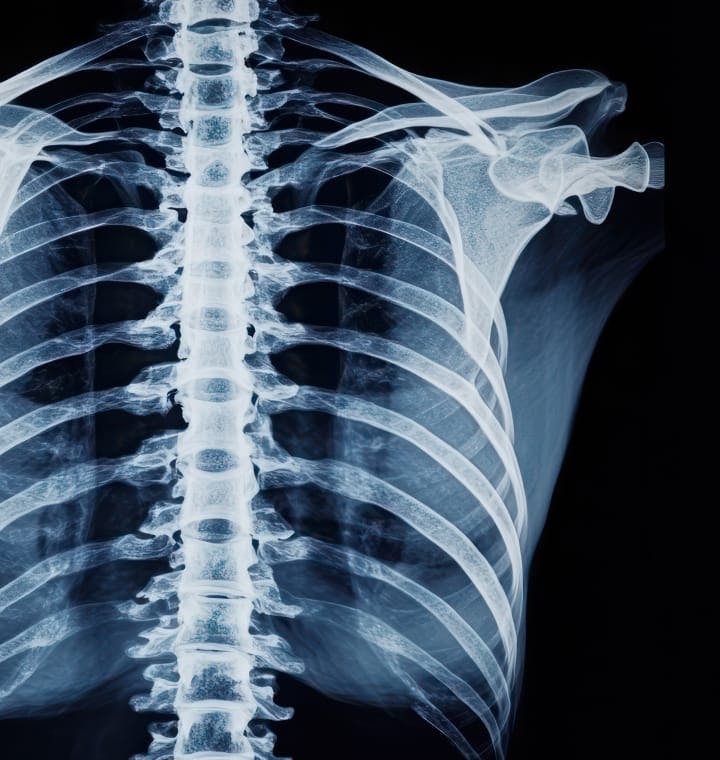Experience advanced spinal decompression while preserving motion at our Englewood location.
When Is Laminoplasty Recommended?
Patients who have spinal cord compression (myelopathy) due to degenerative problems, herniated discs, or tumors may benefit from laminoplasty. Indications include:
- Signs of cord dysfunction (e.g., difficulty with walking, balance, or fine motor tasks)
- Unrelieved pain, numbness, or weakness
- Diagnostic imaging revealing significant cord compression
By carefully decompressing the spinal canal while preserving stability, laminoplasty can enhance mobility and quality of life.




